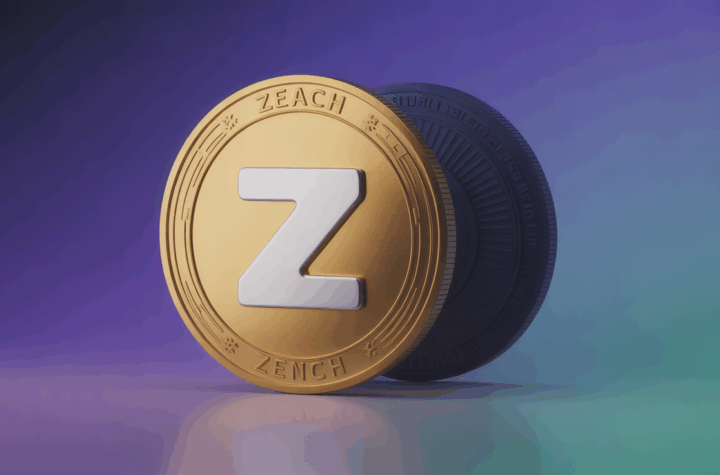
As Bitcoin climbs to fresh all-time highs and institutional interest deepens, the idea of hyperbitcoinization—once dismissed as a crypto pipe dream—is starting to appear less far-fetched and more like an emerging macro trend.
The term “hyperbitcoinization” paints a dramatic picture: a world where fiat currencies falter, and Bitcoin rises as the new global reserve asset. For Bitcoin maximalists, it’s the ultimate vision—a future where individuals, corporations, and even nations operate on a Bitcoin-only financial system, leaving traditional money in the dust.
While we’re not there yet, recent developments hint that the groundwork might be forming.
Institutions Fueling the Shift
Bitcoin now trades above $119,000, pushing its market value close to that of the world’s largest tech companies. The U.S. dollar, meanwhile, continues its gradual decline in real purchasing power, and major institutions increasingly treat Bitcoin as a serious investment asset.
“If you’d asked during previous bull markets, hyperbitcoinization was a topic reserved for die-hard crypto circles,” noted FRNT Financial in a recent memo. “Now, it’s a discussion that’s edging into mainstream financial conversations.”
Not long ago, few believed traditional finance giants like BlackRock would dive headfirst into crypto. Today, BlackRock’s iShares Bitcoin Trust (IBIT) has become a heavyweight, holding over 706,000 BTC worth approximately $82 billion, per BitcoinTreasuries.Net.
Big corporations are raising funds to buy Bitcoin for their treasuries. Political figures, including the current pro-crypto U.S. president, are even flirting with the idea of national Bitcoin reserves—though whether that becomes reality remains uncertain.
Signs of deeper integration continue to emerge. For instance, a U.S. housing regulator is reportedly exploring whether crypto holdings could be factored into mortgage applications—an indication that digital assets may be inching closer to becoming part of core financial infrastructure.
Meanwhile, Wall Street’s embrace of Bitcoin continues, wrapping the asset in traditional financial products and services that make it more accessible than ever.
A New Ownership Landscape
A closer look at wallet data reveals a significant shift in Bitcoin’s ownership over the past decade. From 2014 to around 2020, Bitcoin was predominantly held by individuals. Today, however, institutional investors, corporations, and even governments have become major holders. This evolving distribution suggests that hyperbitcoinization, while not fully realized, is transitioning from theory into observable market behavior.
“In markets driven by narrative and liquidity, hyperbitcoinization might move beyond just a thesis—it could become an actionable trade,” said FRNT Financial.
FRNT added that as the thesis gains real-world validation and wider attention, the incentive to HODL strengthens—not just for individuals but for institutions and nations alike.
“Hyperbitcoinization is no longer only about personal wallets. It’s increasingly about the financial system itself,” the note said.
Looking Forward
Hyperbitcoinization may still be a long way off. But Bitcoin’s record-breaking rally, combined with shifting institutional attitudes and geopolitical volatility, suggests that what once sounded like a niche fantasy is steadily creeping into serious financial discourse.






More Stories
What to Watch in Crypto This Week: Circle, CoreWeave, and Square’s BTC Moves
What Traders Are Watching: ETH, XRP, ADA, SOL Amid Trump’s $2K Dividend Proposal
Zcash Privacy Joins Solana DeFi as Wrapped ZEC Surpasses $15M in Trading